Realme X7 5G Review: Good phone, but don't buy it!
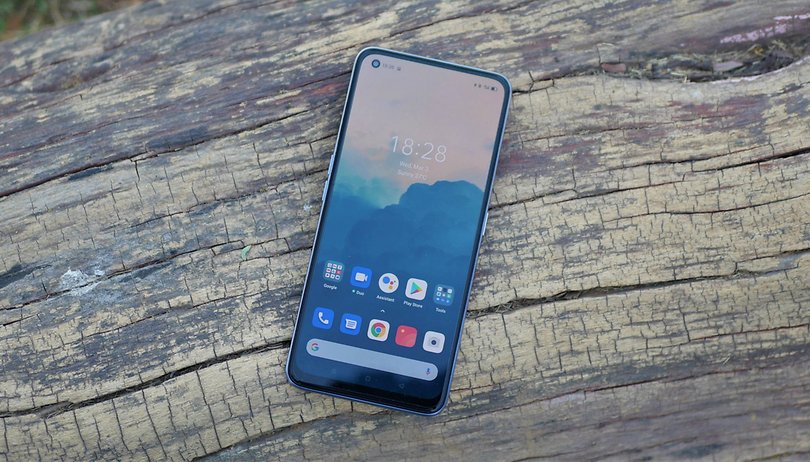

Read in other languages:
Being the lone NextPit Editor based out of India, I get access to products that are not usually available in Europe. This also allows me to share with you a perspective that is different from the usual ones that you read on Europe-centric websites. Today’s review sort of falls into that category because the handset I am talking about is only on sale in India, China and select Asian markets as of writing this. We are, of course, talking about the Realme X7 which officially came to India a few weeks ago. I used the Realme X7 as my primary smartphone for a little over a week and a half before deciding to pen this review.
Good
- AMOLED display
- Good performance
- 50W fast charging support, 65W charger included
- Excellent software
- 5G Ready
Bad
- LTE carrier aggregation not supported
- No 3.5mm jack
- No microSD card slot
- Still on Android 10
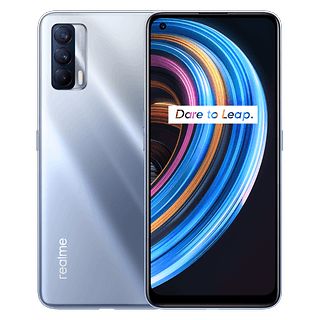
Realme X7: Quick Highlights
- The Realme X7 was launched in the first week of February in India, the China launch happened much earlier, in September 2020 making this phone effectively 7 months old at the time of writing this.
- The Chinese variant is slightly different from this and has quad rear cameras.
- This phone is also sold as the Realme V15 in some markets.
- Current availability limited to India, China and select Asian markets
- There are two variants of the phone - 6/128GB and 8/128GB. The version being tested is the 6/128GB option
- Powered by the MediaTek Dimensity 800U chipset which is roughly equivalent to the Snapdragon 750G in terms of performance
- Realme sells a phone with somewhat similar specifications in the UK. It’s called the Realme 7 5G
- The price of the Realme X7 starts at Rs 19,999 (€230) and goes up to Rs 21,999 (€ 252)
Purchase links for the Realme X7
Realme X7: Design, build quality
The very first thing I noticed about the Realme X7 is its size. It is a shade smaller than the last two smartphones I reviewed - (Mi10i and the Poco M3) and is among the smaller smartphones you typically get in this price range. And having been used to slightly large phones, it took me a while to adjust to the (slightly) smaller dimensions of the Realme X7. At 176g, it is also fairly lightweight. The overall compactness is not an issue and might make the phone attractive to folks who prefer smaller smartphones. Do note, however, that it isn’t small enough for one-handed use.
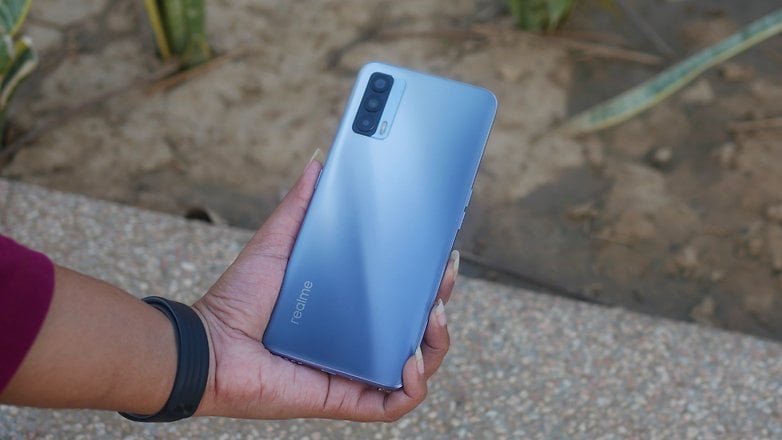
In India, the phone comes in two colour options; Space Silver and Nebula. As evident from the product photos, I have the Space Silver variant with me. I found the ‘Nebula’ colour option a bit jarring to the eye, and the fact that it also has a massive ‘Dare to Leap’ text on the rear panel will make you question your design beliefs.
That being said, I am sure these colour options were considered after taking local preferences in mind and going by the number of people who bought the phone and posted photos of it on social media, the ‘Nebula’ colour option does have its share of admirers. It is also noticeable that this colour option is the more premium of the two and is only available with the 8/128GB model. Note that even the subtler Silver colour variant gets a Realme branding on the rear panel. There is no escaping that.
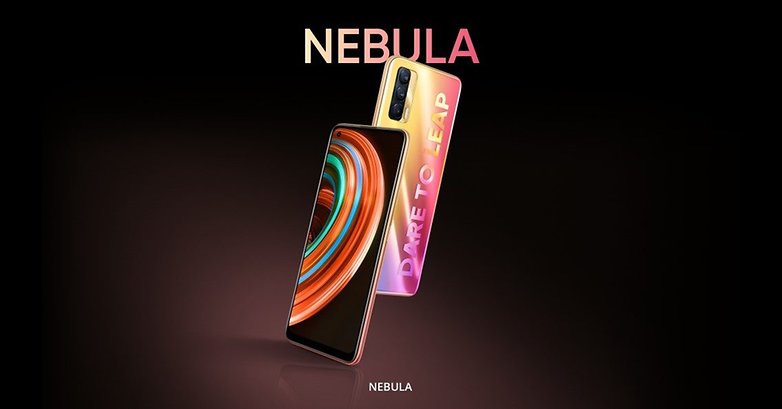
The Realme X7 is a relatively smart-looking handset, but there is nothing really in the design that stands out. In the silver colour option, the phone does look chic and tries to give off a premium, ‘metallic’ look. The body is made of plastic - albeit of very good quality, and the panel isn’t too susceptible to smudges or fingerprints. I found the ‘chin’ on the Realme X7 to be slightly on the larger side - but then that is the case with the Xiaomi Mi10i as well. The volume rocker keys and the power button are located on the left and right sides, respectively. While the phone does get a USB Type-C port, it does miss out on stereo speakers, a microSD card slot and even a 3.5mm jack - all of which the Mi10i offers.
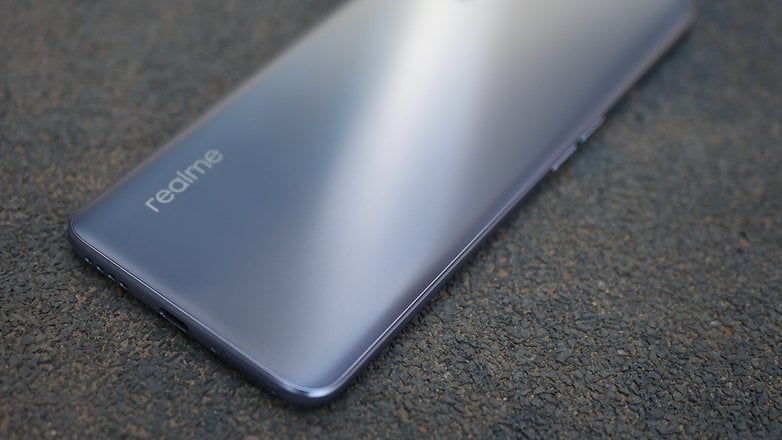
Overall, the build quality is what I would expect from a phone of this price range. But like I said earlier, except for the flashy colour option with the Nebula variant, there is nothing in the design that would make the phone stand out from the current crop of budget and mid-range smartphones.
Display: AMOLED away to glory!
The Realme X7 gets a 6.4-inch AMOLED panel that supports 180 Hz touch sampling rate - but offers the standard 60Hz refresh rate. The peak brightness of 600 nits is also low by AMOLED standards - but is adequate for a phone of this class. While I personally do not mind a 60Hz AMOLED, there is no denying that the competition out there does offer 90Hz and 120Hz panels at the same price range. But then most of these panels are IPS LCD.
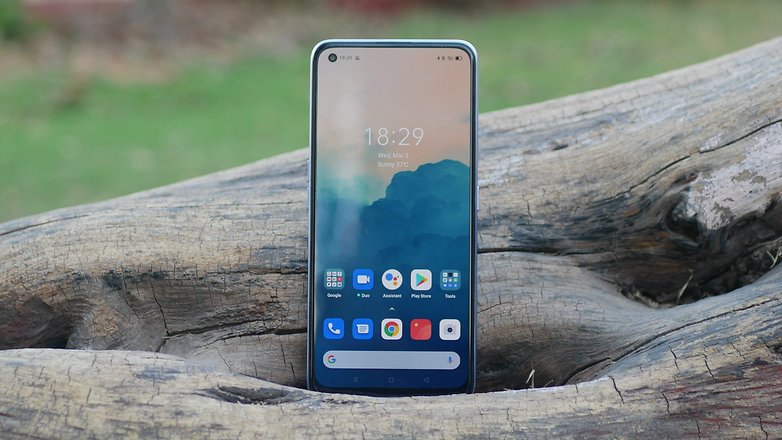
I would still prefer a 60Hz AMOLED over these aforementioned LCDs, so I wouldn’t really call the lack of high refresh rate on the Realme X7 a major con. The Realme X7 gets an in-display fingerprint scanner which I found to be reasonably fast and quite reliable.
Coming from two IPS LCD panels on my last two review devices, the move to AMOLED on the Realme X7 was, well, smooth. I quite liked the punchy, saturated colours on the Realme X7 compared to that of the Mi10i, which, mind you, packed a really good LCD panel for the price.
Even with its limited calibration settings, the Realme X7’s panel was able to match the display of my old Pixel 3 - albeit not in terms of overall brightness. However, do note that I was able to use the colour wheel on the Mi10i to match the tones that the Realme X7 was able to produce. The Realme X7, sadly, lacks this option, and you are only allowed to play around with the Warm - Neutral and Cool colour options.
I preferred to keep the display towards the warmer end, and the ‘default’ option was too ‘cool’ for my liking. Realme also gives you limited always on display options, but it does not match the fancier options that you get with ColorOS 11. Perhaps an update to Realme UI 2 could fix this?
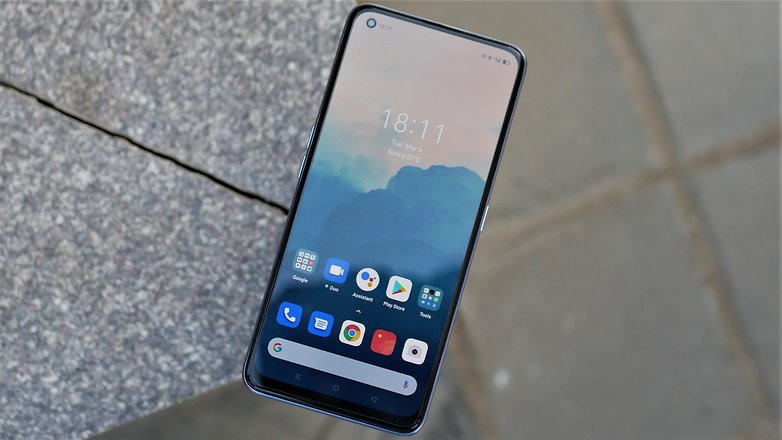
Not once during my usage did I miss the high refresh rate option on the Realme X7. And I think Realme has taken the right call here to ditch a 120Hz LCD in favour of a 60Hz AMOLED. However, this might just be Realme’s last phone in this price range to get a 60Hz AMOLED panel.
I say this because a few weeks after this phone launched, the company’s archrival Xiaomi announced the Redmi Note 10 Pro that features a 120Hz AMOLED panel with 240Hz touch sampling rate. Needless to say, the Realme X7 feels already outdated when you look at what the competition has on offer. But then this can be excused given that this is effectively a 7-month-old device that came to China back in September 2020.
Software: Still on Android 10
As expected of a Realme device, the Realme X7 comes loaded with Realme UI 1.0, which is based on Android 10. Realme has confirmed that the phone will get an official update to Realme UI 2.0, which should also graduate the phone to Android 11. Realme is yet to tell us how soon this update will be rolled out for the X7, though.
I had very little to complain about the software on the Realme X7. Yes, the phone does come with a few preinstalled apps, but most of these can be uninstalled without a hitch. One major cause of irritation was Realme’s own Browser which is notorious for throwing up random notifications. But then, you can easily block these and enjoy a much cleaner, clutter-free UI.
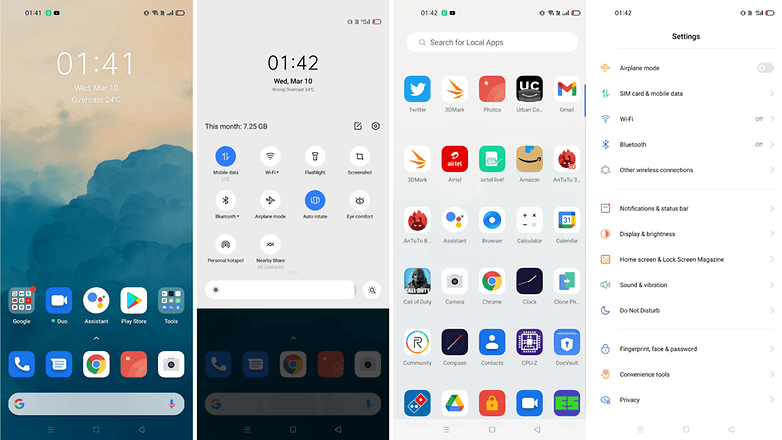
Unlike the Mi10i, which I felt was not that well optimized for the hardware, the overall software experience on the Realme X7 was much smoother and clutter-free. Realme UI is basically a slightly customized version of ColorOS, and the latter, as you might be aware, has undergone a lot of changes in the recent past (mostly positive). In fact, I would go to the extent of saying that I find ColorOS (and therefore, Realme UI) to be my personal favourite among competing UIs from other competing Chinese brands, without the exception of OxygenOS, perhaps.
If I really had to nitpick, it has to be the fact that the phone is still on Android 11 - but then we assume this issue to be addressed in the near future.
Performance: The Dimensity 800U delivers
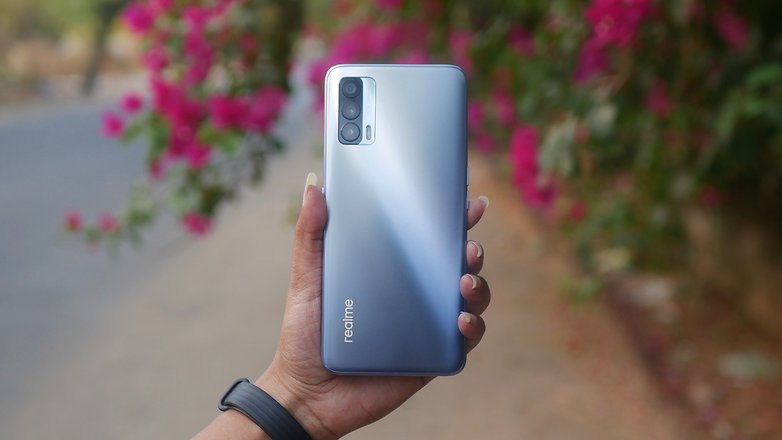
The Realme X7 comes powered by the MediaTek Dimensity U chipset, which is a mid-range SoC that offers very good performance. This SoC houses an octa-core processor that gets two Cortex-A76 cores that clock up to 2.4 GHz and six Cortex-A55 cores that can go up to 2GHz. The Dimensity U is similar in performance to the Snapdragon 750G used on the MI10i and, in my usage, delivered an experience that was quite similar.
The Dimensity U lets you play most of the current graphics-intensive titles without lag and is more than capable of handling everyday tasks with ease. The Realme X7 did feel noticeably faster than the Mi10i because of the software that I felt was better optimized for the hardware. I did not face any UI stutter or lag during my two weeks with the phone.
Here are the AnTuTu, Geekbench and 3D Mark cores for you to peruse.
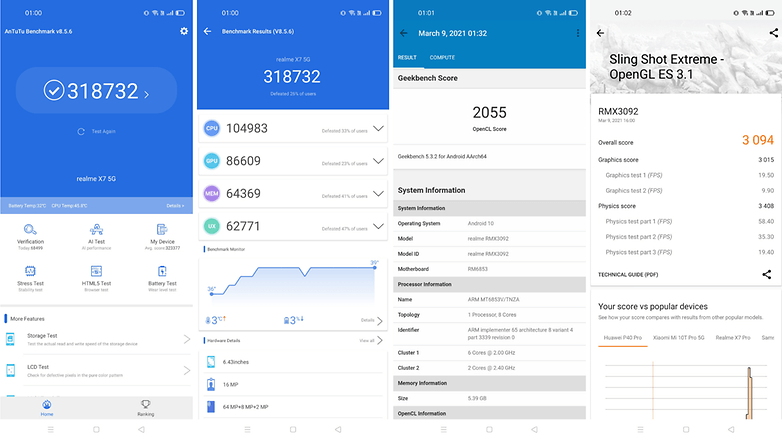
One major gripe I have with the Realme X7 is that even though the phone supports 5G networks on both the SIM cards, Realme has chosen not to support something as basic (and useful) as LTE carrier aggregation on this Indian variant. This makes a huge difference in data throughput speeds, and when I compared the data speeds I received on the Mi10i on the same network at the same location, the difference in speeds was too large to be ignored.
What makes this decision even more perplexing is the fact that Realme has chosen to not support carrier aggregation - a technology that will be useful to buyers right now - and instead opted for 5G, which is still atleast two years away in this market. Another thing going against Realme is the fact that there are several cheaper smartphones (the POCO M3, for example) that do support carrier aggregation.
The Realme X7 performed well in calls, and the earpiece is loud enough. VoLTE and VoWi-Fi performance were on par with most other phones in its segment. The loudspeaker, however, could have been a tad louder. But then I have been amply spoiled by the stereo speakers on both the Mi10i and the POCO M3.
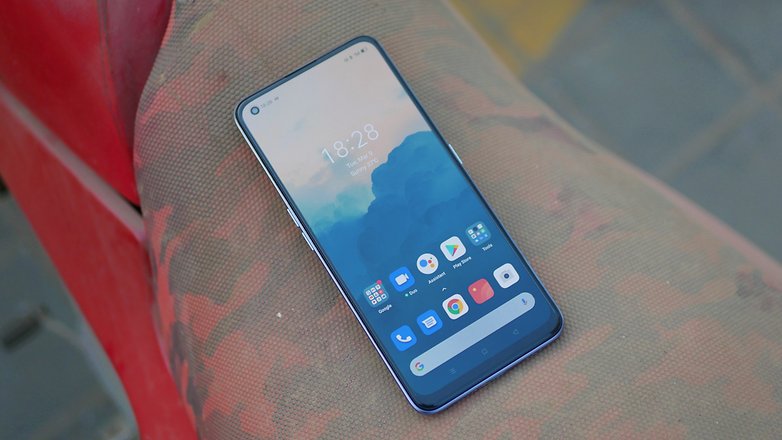
While the 4310 mAh battery does seem small compared to what most of the competition has to offer, the Realme X7 can still easily deliver you one day of usage on a single charge. I always set the brightness levels to 60%, and I was usually able to end the day with at least 20% charge. Although the phone itself supports 50W fast charging, Realme includes a 65W charger with the phone. I was able to charge the Realme X7 from 0 to 100 per cent in about an hour.
Camera, Image Quality
The Realme X7 gets a triple camera array at the rear with a 64MP primary sensor mated to an f/1.8 lens and support for phase-detection AF. The phone also gets an 8MP wide-angle camera that offers a FOV of 119-degrees. The third rear-facing camera used a 2MP macro camera. At the front, housed within a small punch hole, is the 16MP selfie camera that gets a Sony IMX 471 sensor and an f.2.5 lens.
Realme’s camera UI is easy to use, and everything is well laid out and easily accessible. Users also get the option to click pictures in the full 64MP resolution. The most used camera modes are either a swipe or a click away.
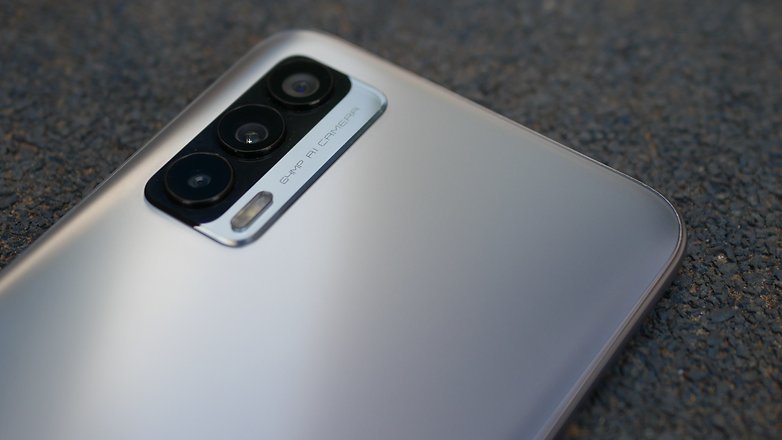
I took several daytime pictures using the Realme X7, and the 16MP pixel-binned photos from the primary camera turned out great for social media sharing. The sensor struggled with resolving finer details - particularly of objects at a slight distance, though. At times, the phone showed hints of too much oversharpening.

But then, this is not an issue that is exclusive to the Realme X7 and affects most other phones at this price. Note that the AMOLED display on the phone does oversaturate the colours, and the photos might look ‘duller’ on a monitor.
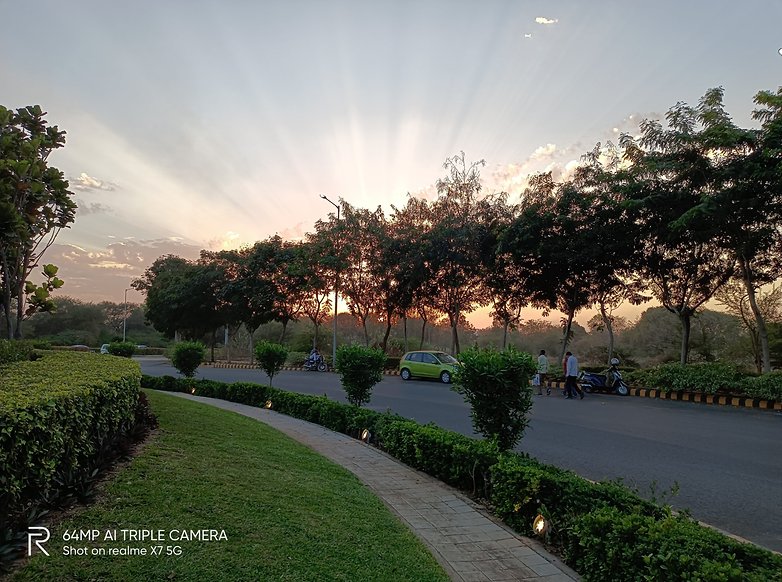
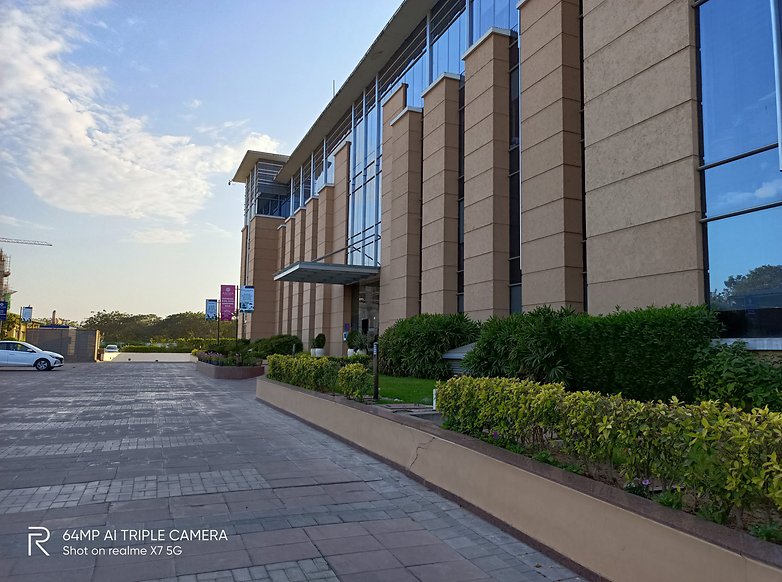
The dedicated night mode on the phone is pretty good and captures usable images in situations where there is a decent amount of ambient light. There is perceptible noise in the darker areas, but the software does well the control the noise in really dark areas - the sky, for example.
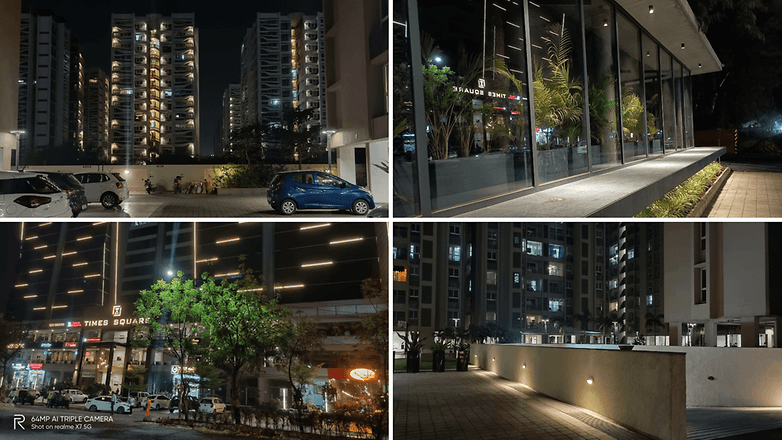
The Ultrawide camera is best used in the daytime and produces good shots with great dynamic range. Low light photos are best avoided with this camera, though. Note that you can use the dedicated night mode with the ultra-wide lens, too, but the images are nowhere near the quality of the primary lens – as expected. Photos taken using this camera also suffers from warping of subjects towards the edges. As for the front camera, the 16MP camera can take good shots, but as the case usually is with Chinese smartphone brands, the beautification is enabled by default and is on the aggressive side. The phone supports 4K30 video recording using the primary camera. Realme has also thrown in support for slow-motion videos at 120FPS.
Verdict
The Realme X7 5G, at first glance, looks like a solid offering for a smartphone for its price. In fact, it would not be wrong of me to state that Realme specifically chose to launch this phone to wean potential Xiaomi Mi10i (known as the Mi10T Lite in Europe) users away. If you are from India and are considering buying this over the Mi10i, I would advise you to reconsider your decision.
While it is a competent phone otherwise, the lack of support for LTE carrier aggregation is a major oversight on part of Realme. This is not a simple lack of a feature but something that will objectively mar your user experience with lower data transfer speeds. And it’s not like the Dimensiy 800U doesn’t support Carrier Aggregation.
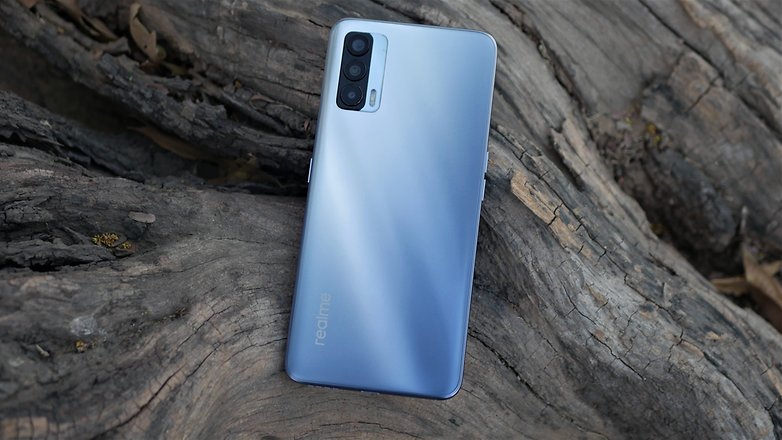
It was also surprising to see Realme decide against giving the phone a 3.5mm jack which happens to be common on most competing devices out there. To the company's credit, they do include a USB-C to 3.5mm adapter in the box. Then there is the perplexing decision not to give users an option to expand the storage using microSD cards. Yes, we know even Samsung flagships have skipped memory expansion - but that is definitely not the case with almost all of the Realme X7's competitors.
The Realme 7 also faces competition from the recently launched Redmi Note 10 Pro Max (the Indian variant of the Redmi Note 10 Pro), which I must admit is a very competitive offering for around the same price tag. That phone will not only offer you a 120 Hz Super AMOLED panel but also ditches 5G in favour of 4G LTE with carrier aggregation support. But if you are not a big fan of MIUI, other smartphones that are worth considering in this price range include the Samsung Galaxy M51 and the Galaxy F62 (in India only), as well as the OnePlus Nord and the Moto G 5G.
So, should anyone buy the Realme X7 in the current scenario? I would honestly have to say no. With Realme itself expected to come up with the Realme 8 series a few weeks from now, the Realme X7 will most likely be overshadowed by its own siblings, and I don’t see any way how this 6-month-old smartphone (based on its China launch date) will compete against its newer, better-equipped rivals.


















